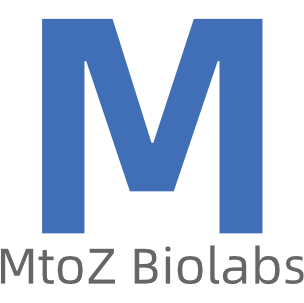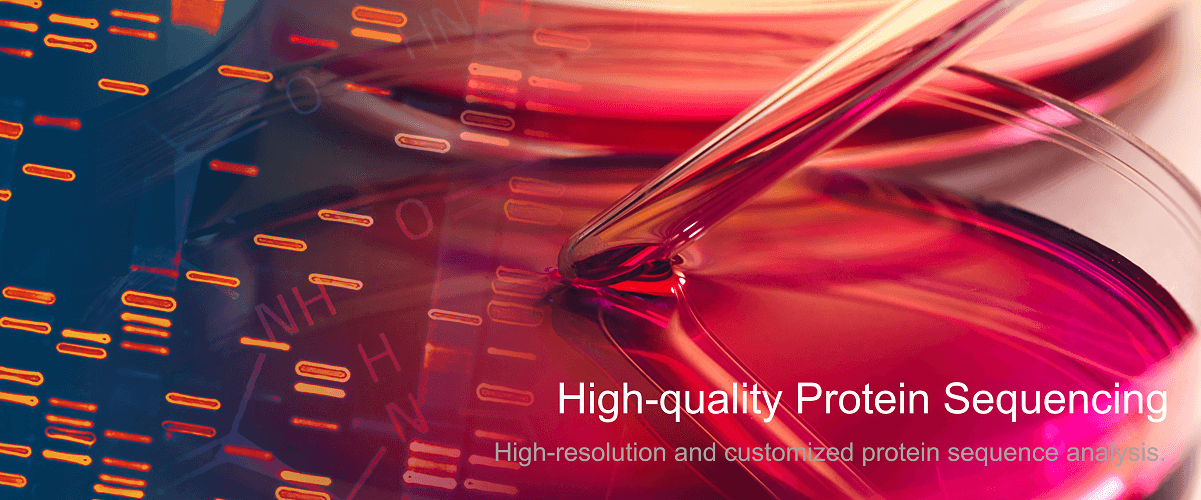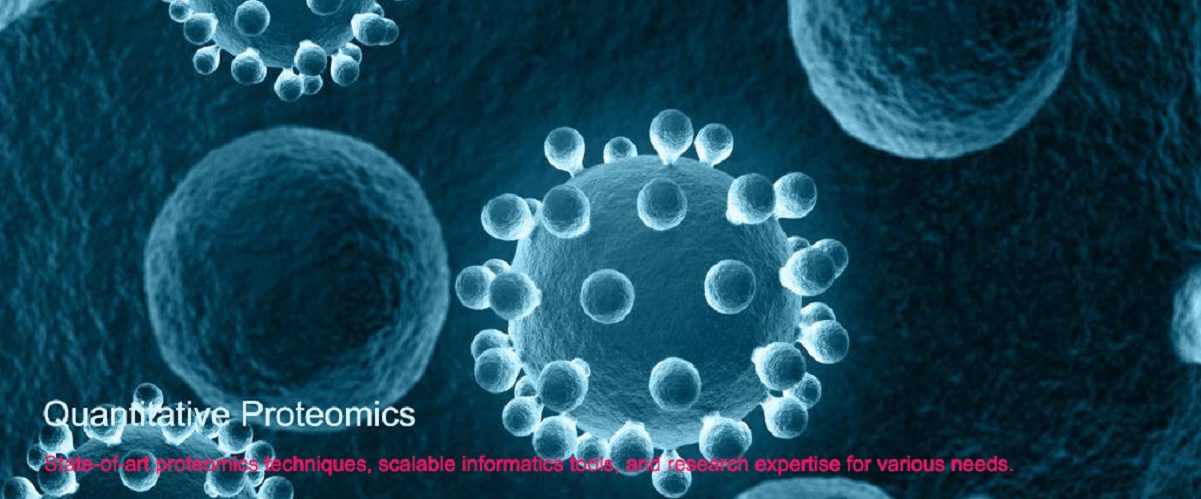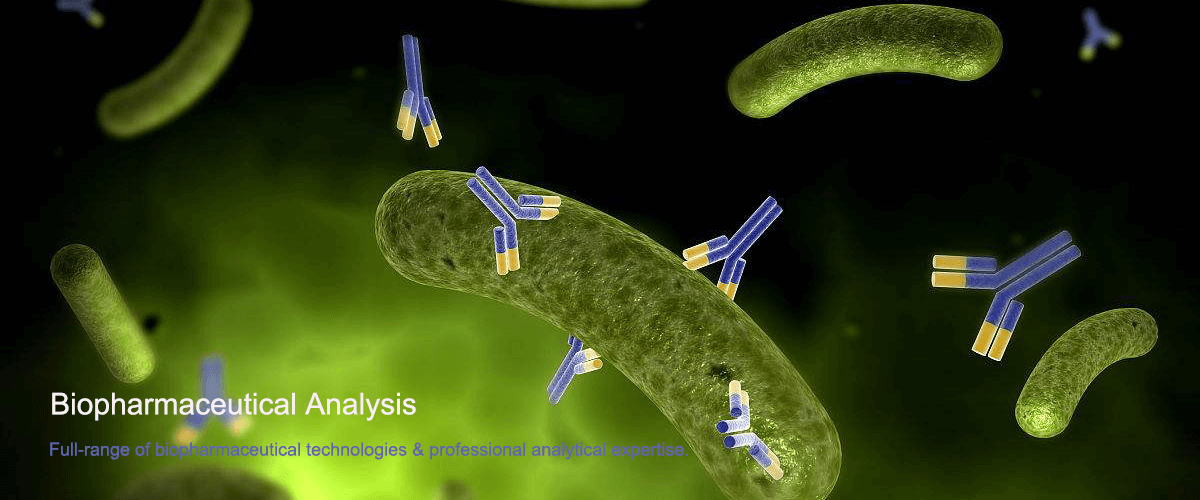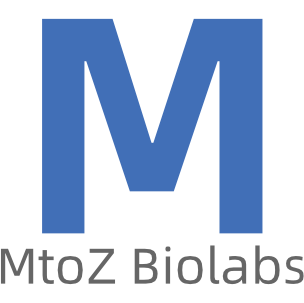Lowry Method for Protein Content Measurement
The Lowry method is a widely adopted technique for quantifying protein concentration, initially introduced by Lowry et al. in 1951. The method is premised on the reaction of proteins with copper ions in an alkaline medium, followed by an oxidation-reduction reaction with the Folin-Ciocalteu reagent, resulting in a color change. The intensity of the resultant color is directly proportional to the protein concentration and can be quantified using a spectrophotometer at a wavelength of 750 nm.
Methodology
1. Prepare the sample for analysis by adding an appropriate volume of alkaline copper reagent, ensuring thorough mixing, then incubate at room temperature for 10 minutes.
2. Introduce an appropriate volume of Folin-Ciocalteu reagent, ensuring thorough mixing.
3. Incubate the mixture at room temperature for an additional 30 minutes.
4. Measure the absorbance at 750 nm using a spectrophotometer.
Advantages
The Lowry method is highly sensitive and suitable for detecting trace amounts of protein. It is also user-friendly and straightforward to execute.
Limitations
The presence of certain reagents, including reducing sugars and specific amino acids, may interfere with the Lowry method, potentially compromising result accuracy.
MtoZ Biolabs, an integrated chromatography and mass spectrometry (MS) services provider.
Related Services
How to order?

